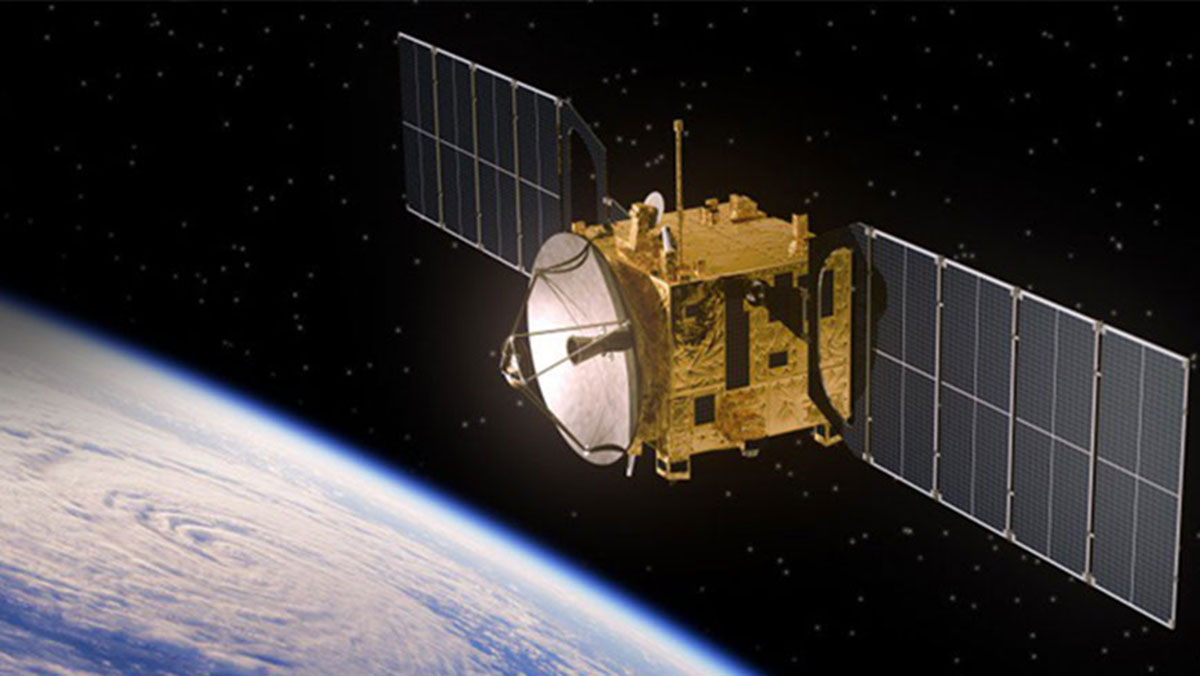Although GNSS is primarily designed for positioning, navigation, and timing applications, it can also be used to determine a quantity that is of major interest for meteorologists and climate researchers, namely, integrated water vapor. This gas plays a critical role for the energy balance of our atmosphere and is actually responsible for approximately 62 percent of the natural greenhouse effect. Consequently, the distribution of water vapor, as well as its spatial and temporal behavior, is important for climate predictions and weather forecasts.
Although GNSS is primarily designed for positioning, navigation, and timing applications, it can also be used to determine a quantity that is of major interest for meteorologists and climate researchers, namely, integrated water vapor. This gas plays a critical role for the energy balance of our atmosphere and is actually responsible for approximately 62 percent of the natural greenhouse effect. Consequently, the distribution of water vapor, as well as its spatial and temporal behavior, is important for climate predictions and weather forecasts.
Whilst GNSS-based integrated water vapor monitoring has become a well-established technique in static networks of reference stations, only very few efforts have yet been carried out to employ this method on moving platforms such as ships and aircraft. In this article, we will address kinematic water vapor estimation with GPS in kinematic mode. The results presented in this article feature the successful retrieval of vapor on the open sea via very long baselines for the first time. We will also outline the limitations inherent in the current use of GPS alone and the outlook for future benefits from a combination of GPS and Europe’s new Galileo system.
(For the rest of this story, please download the complete article using the PDF link above)





